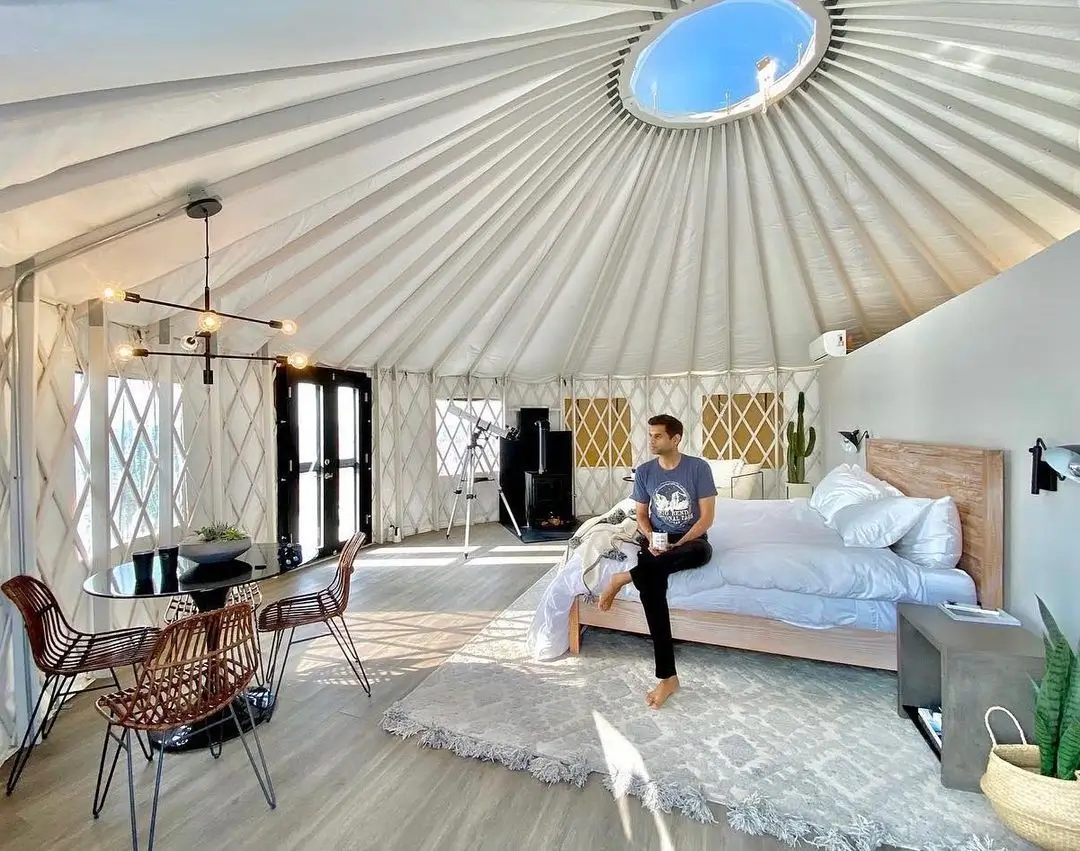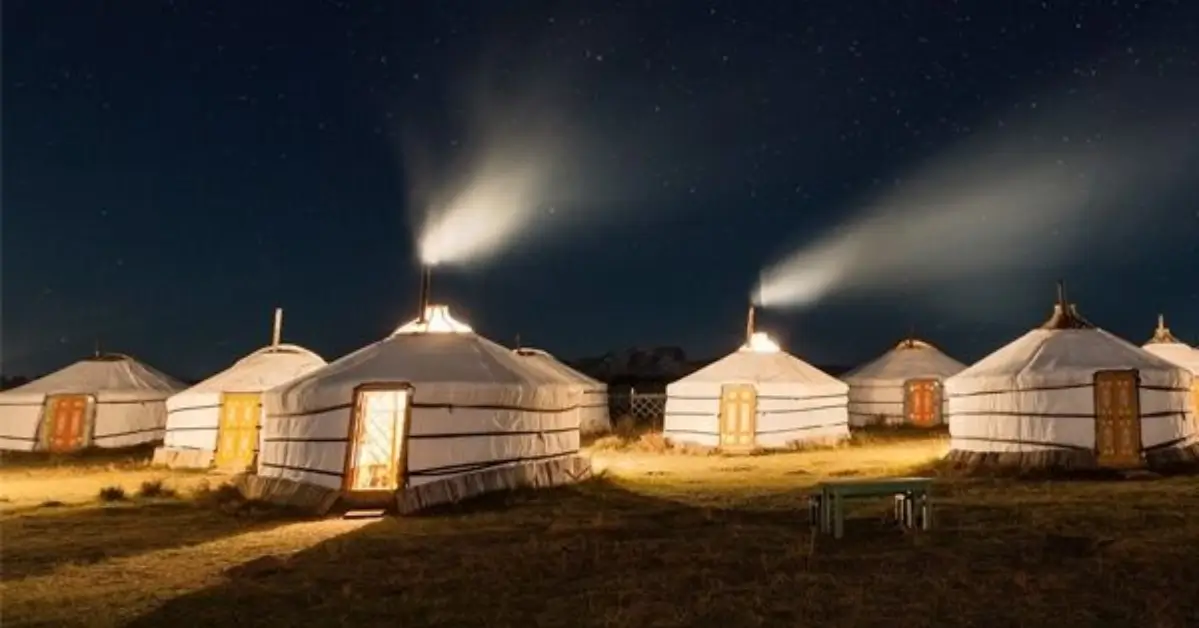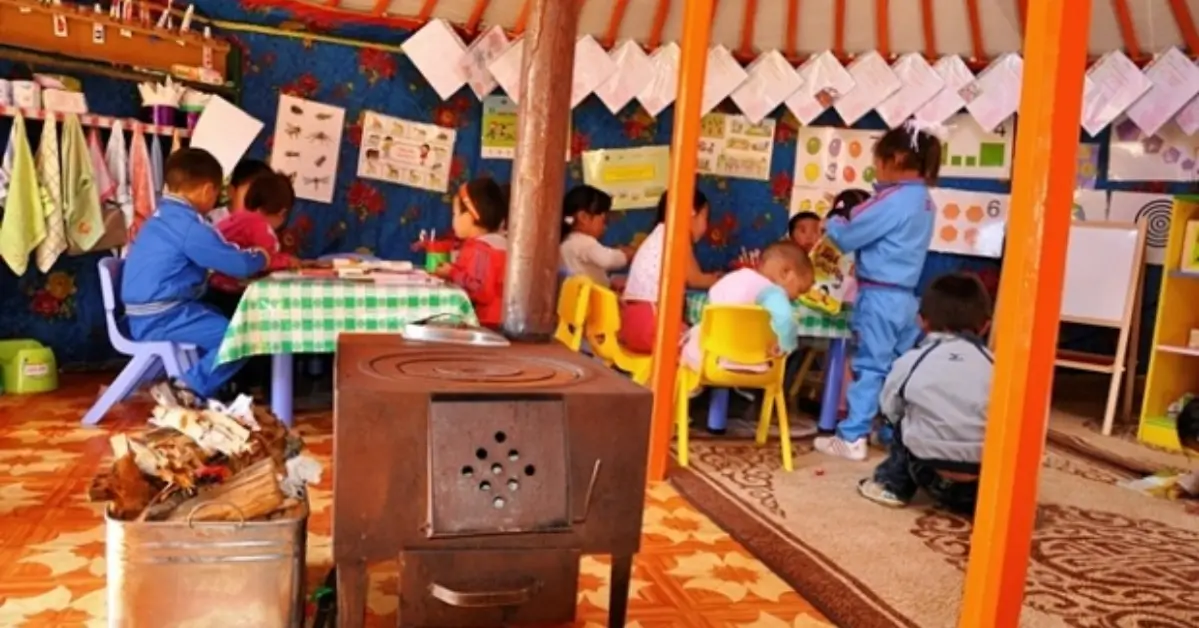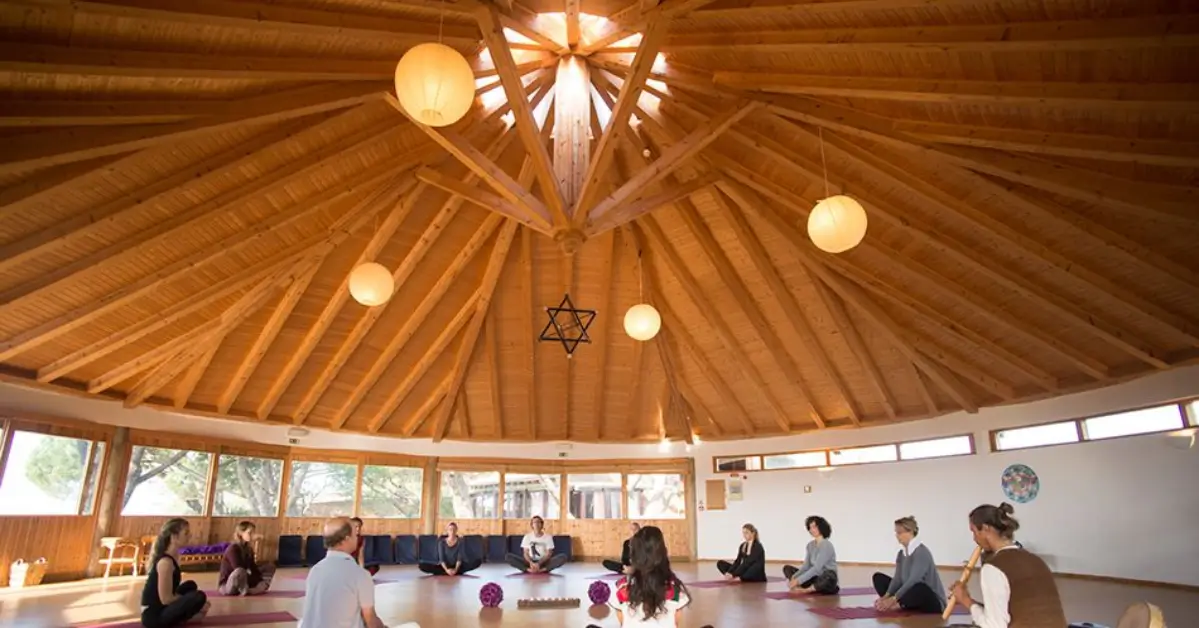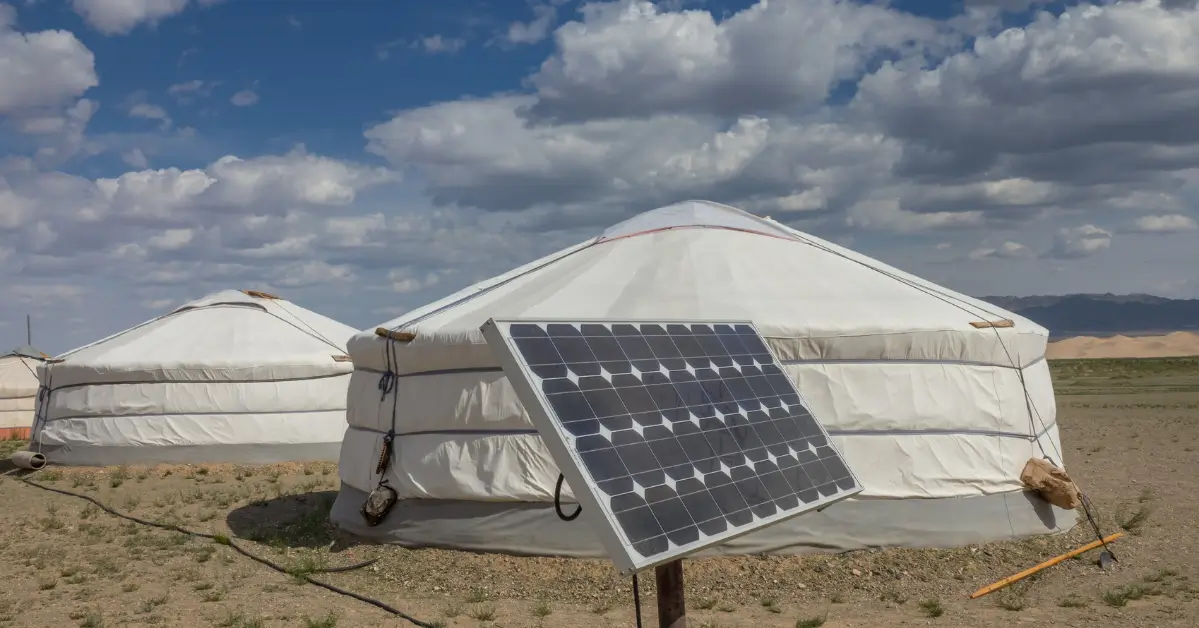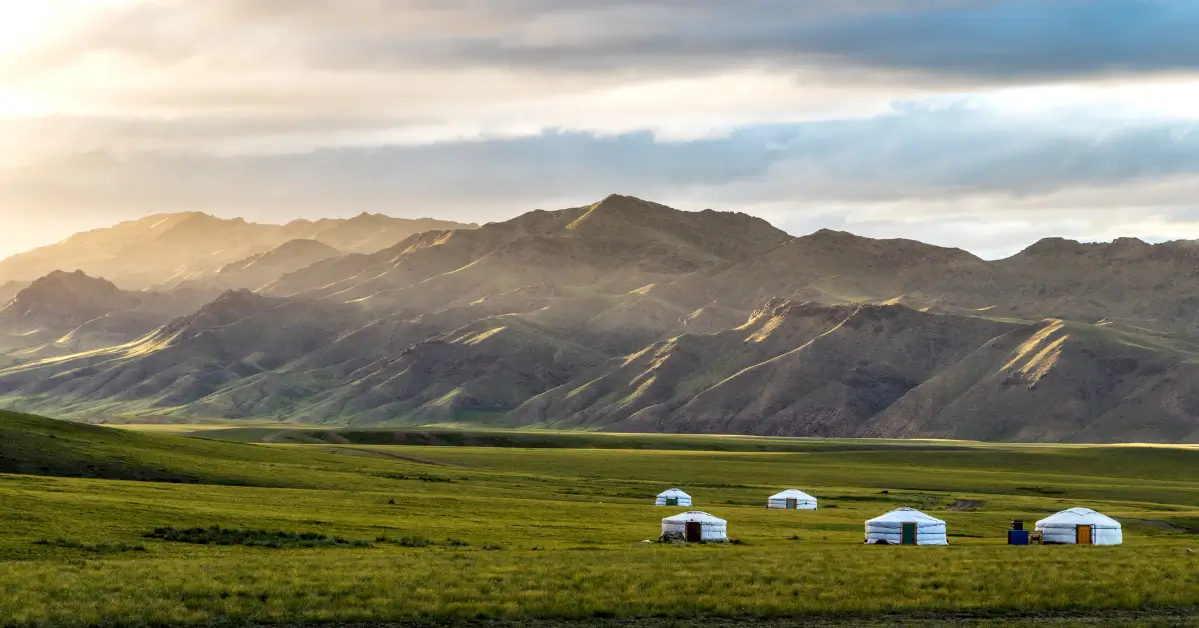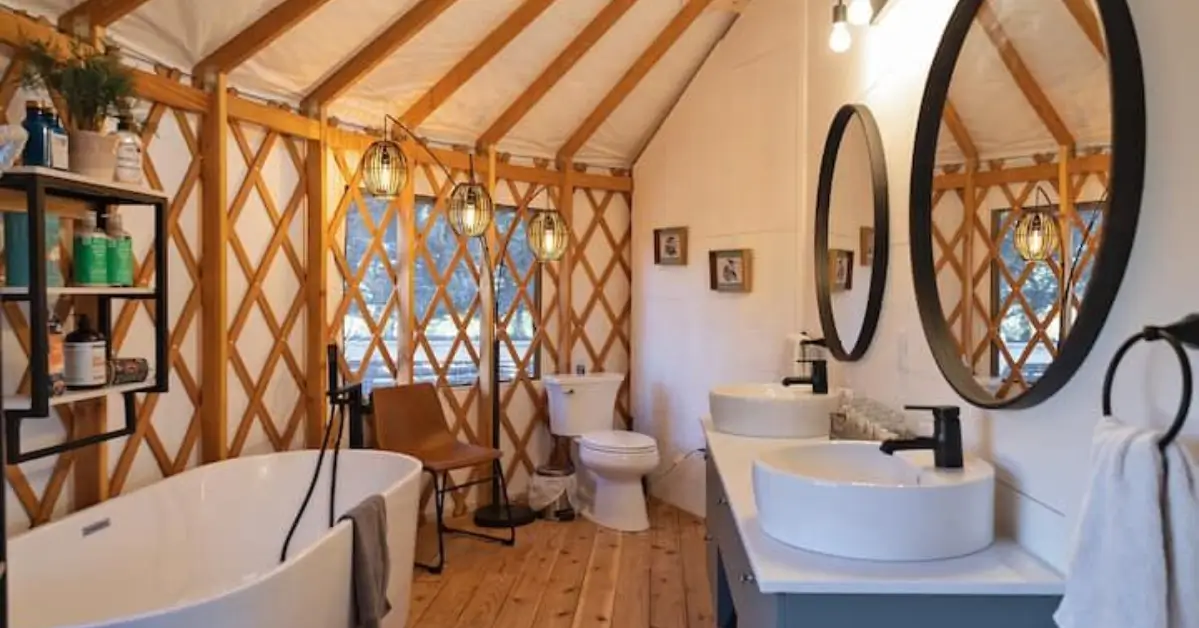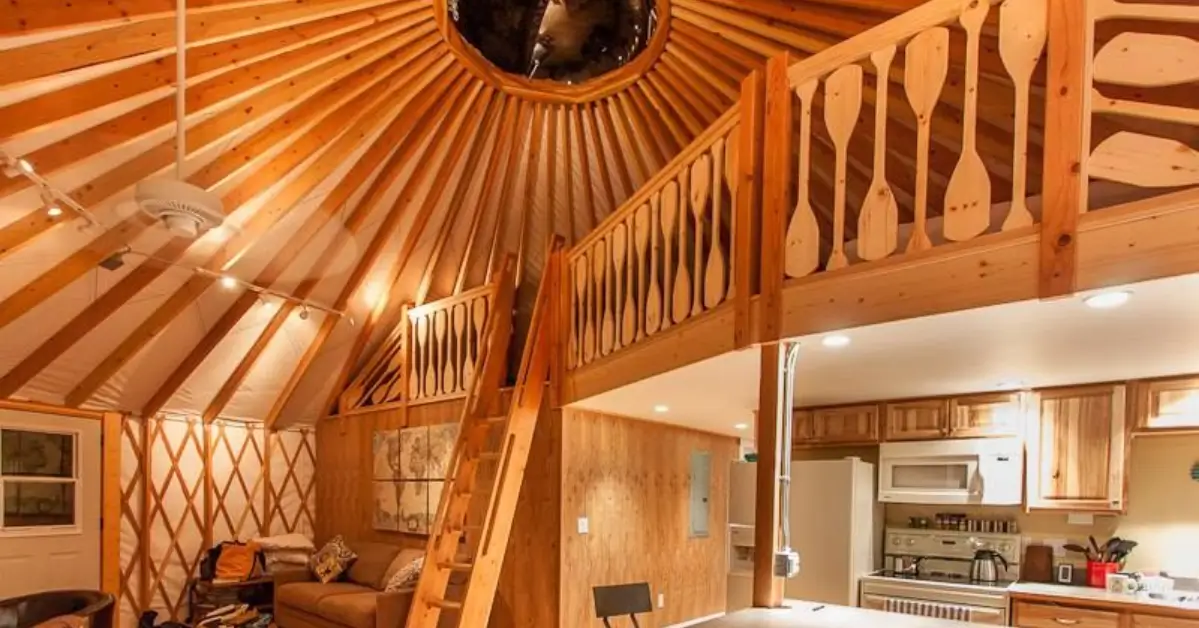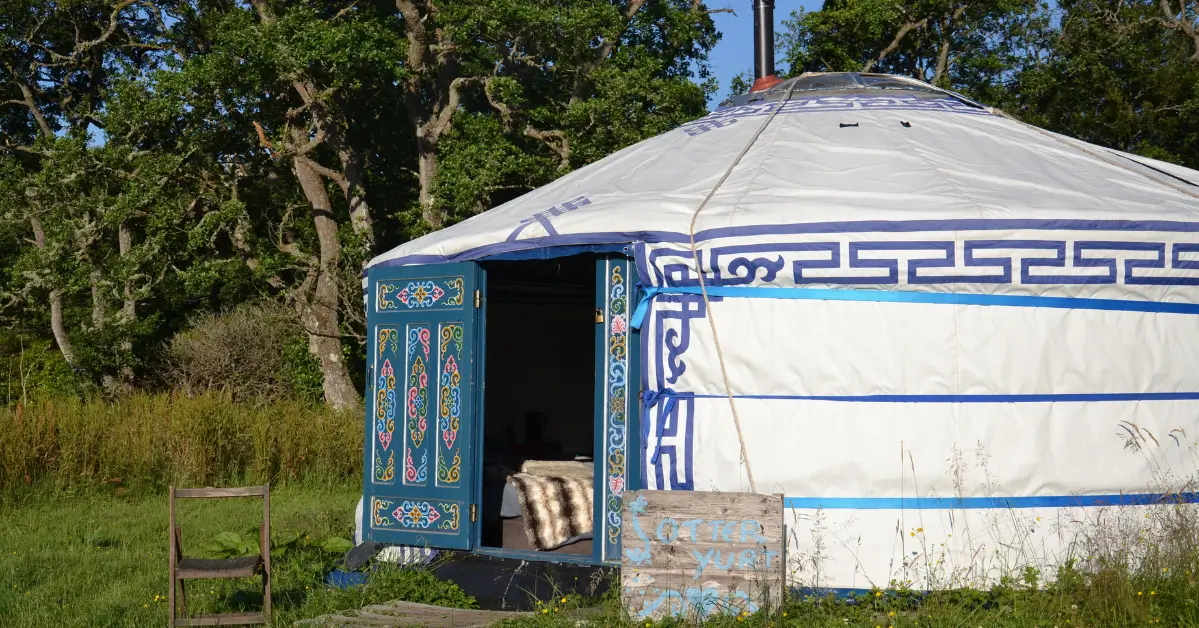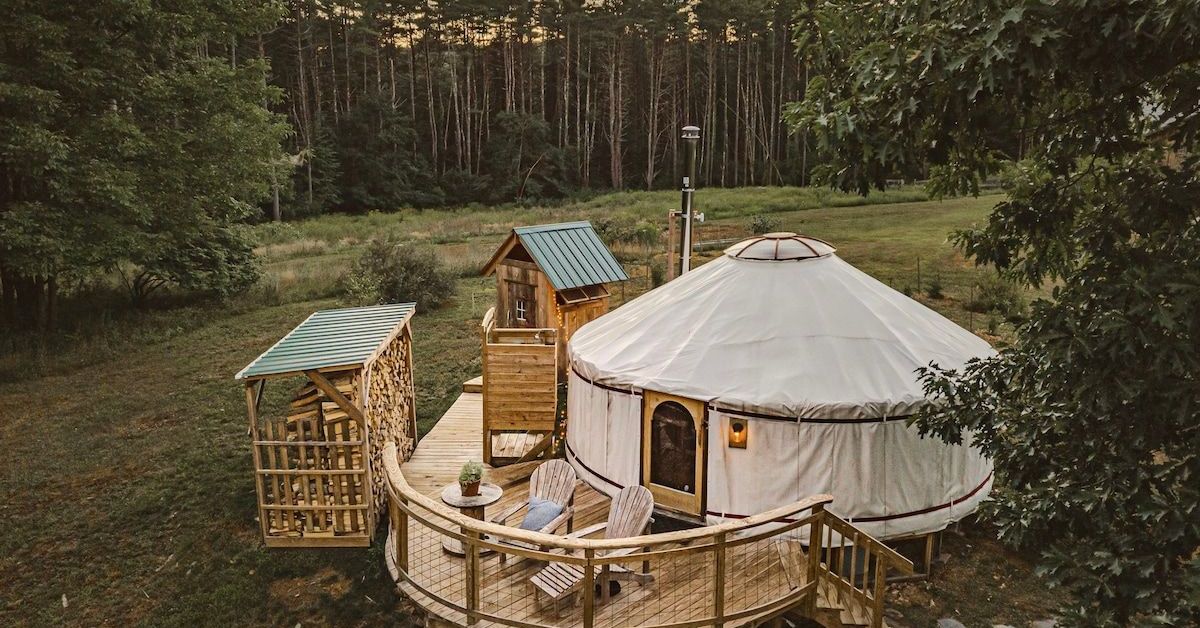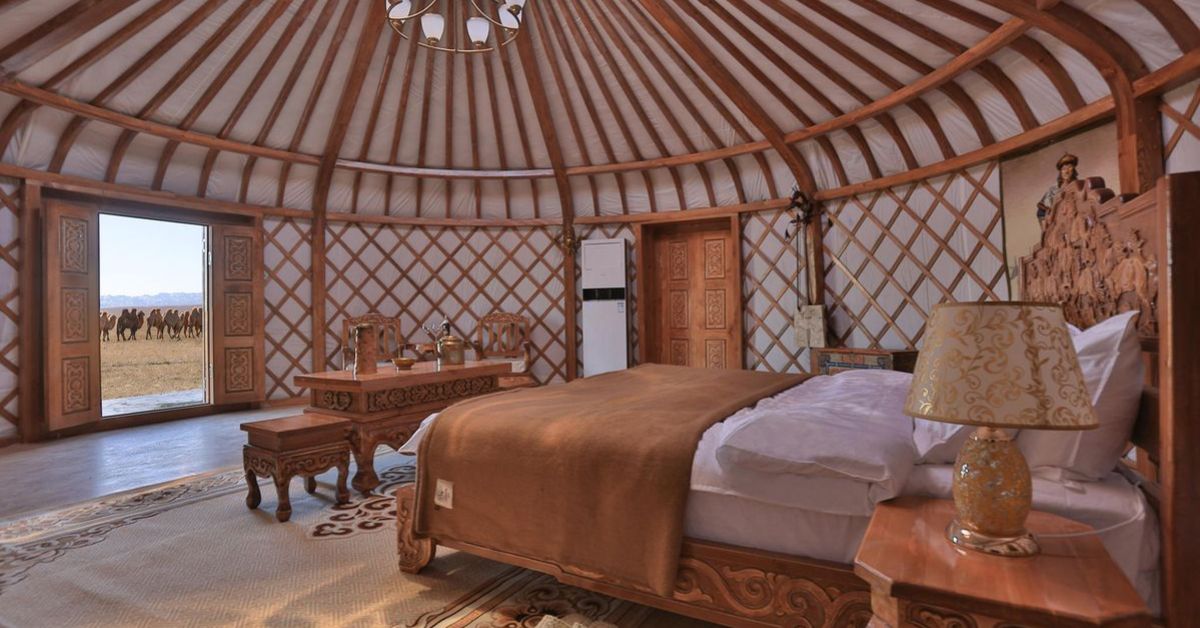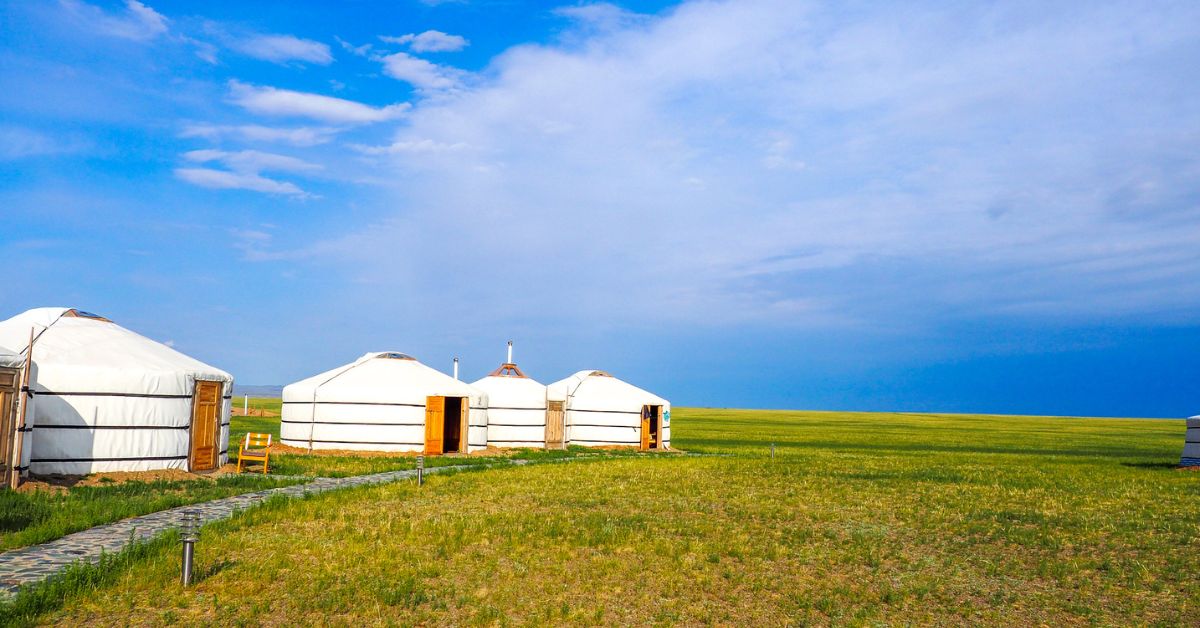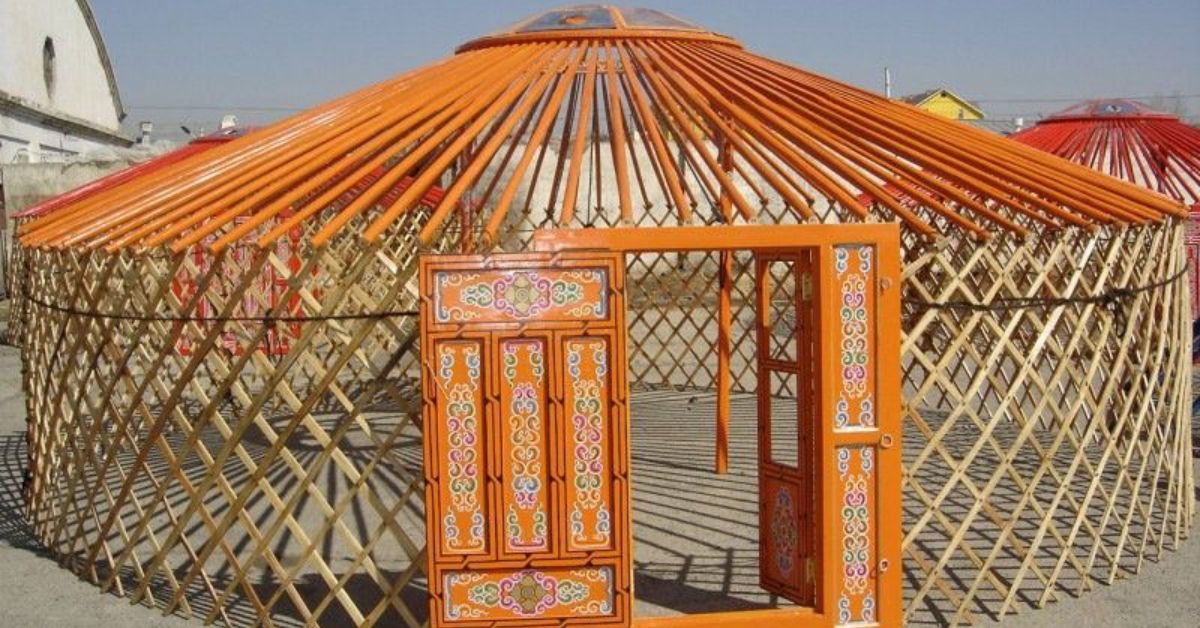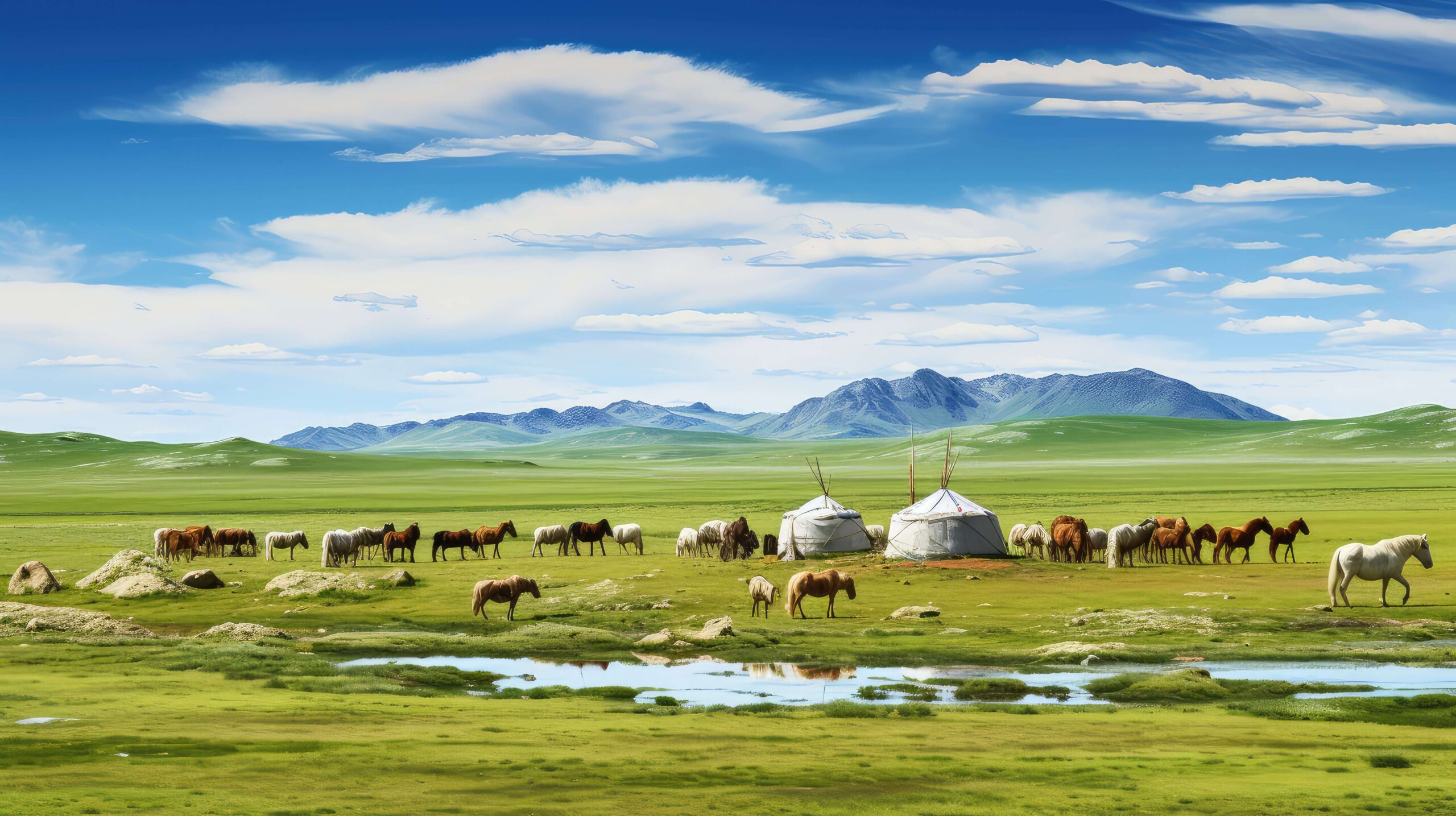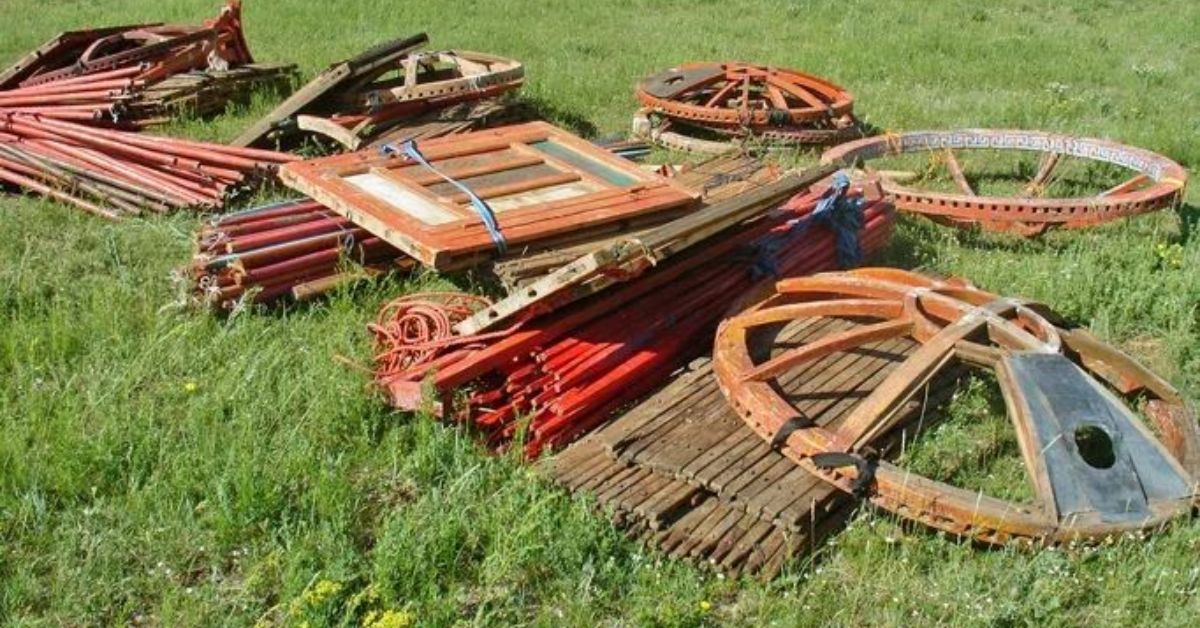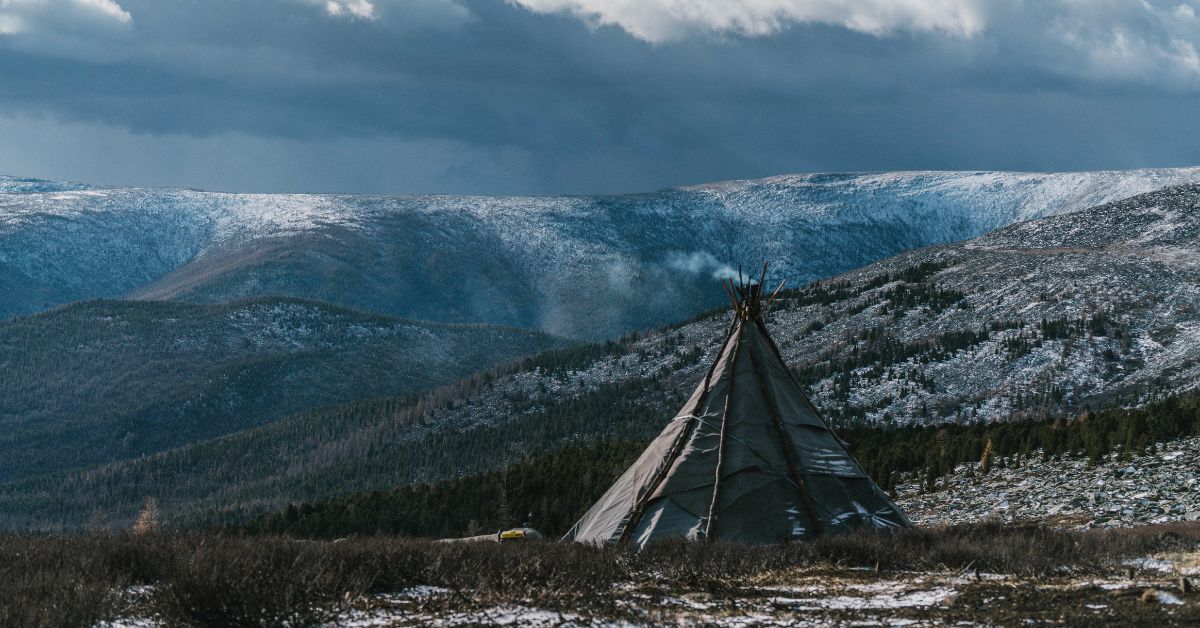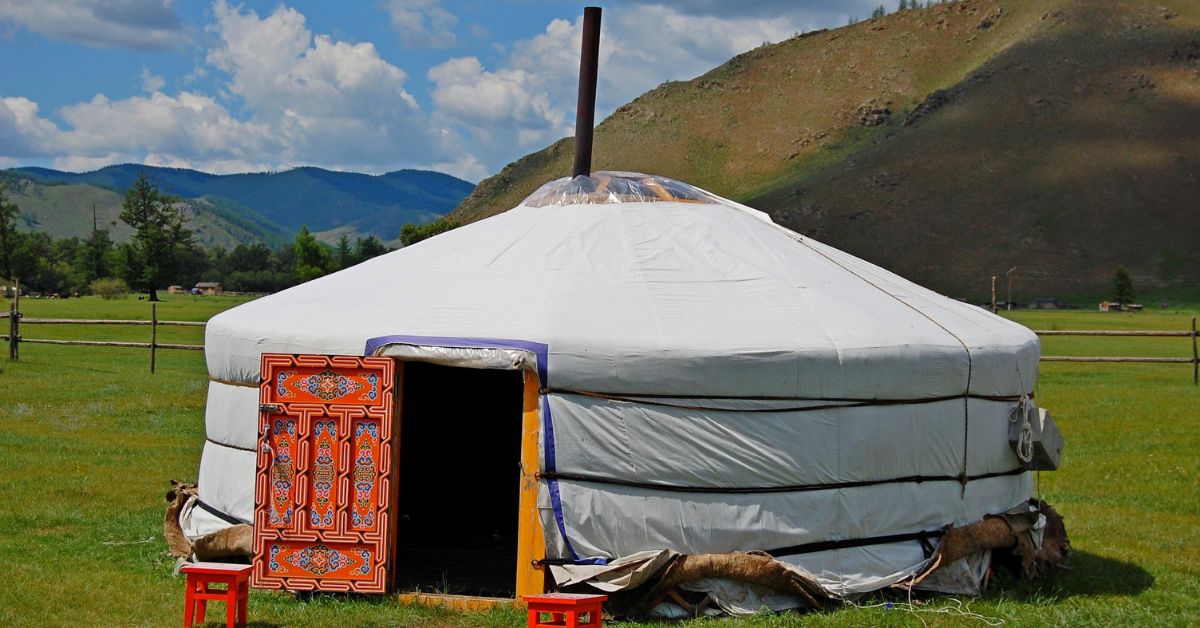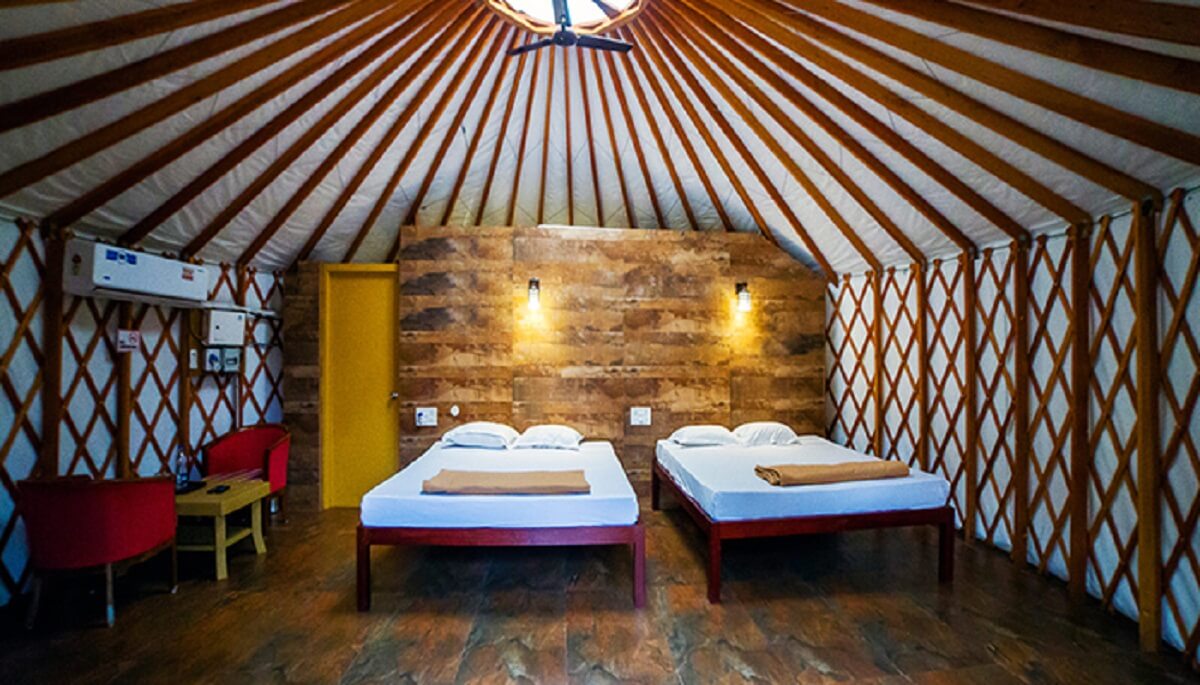Mongolia is a country known for its yurts. But how are these Mongolian yurts heated? How are Mongolian yurts heated? Surprisingly, it’s not with firewood or coal.
In this blog post, we’ll explore the different ways that Mongolian yurts are heated and how this affects the climate inside the yurt structure itself.
We’ll also take a look at some of the challenges that come with heating a yurt in such a cold country.

What is a Mongolian Ger?
A Mongolian ger, also known as a yurt, is a traditional portable dwelling that has been used by nomadic people in Mongolia and other parts of Central Asia for centuries.
This iconic structure is a symbol of Mongolian culture and heritage, embodying the nomadic lifestyle that has shaped the region’s history.
The ger is ingeniously designed to be easily assembled and disassembled, making it perfect for a life on the move.
Constructed with a wooden lattice frame covered by layers of wool felt and canvas, wood structure of the ger is both sturdy and flexible. Its circular shape and conical roof, with a central opening at the top known as the toono, allow for efficient heating and ventilation.
This traditional portable dwelling continues to be a primary home for many Mongolian families, especially in rural areas, where it stands as a testament to the enduring legacy of nomadic cultures.
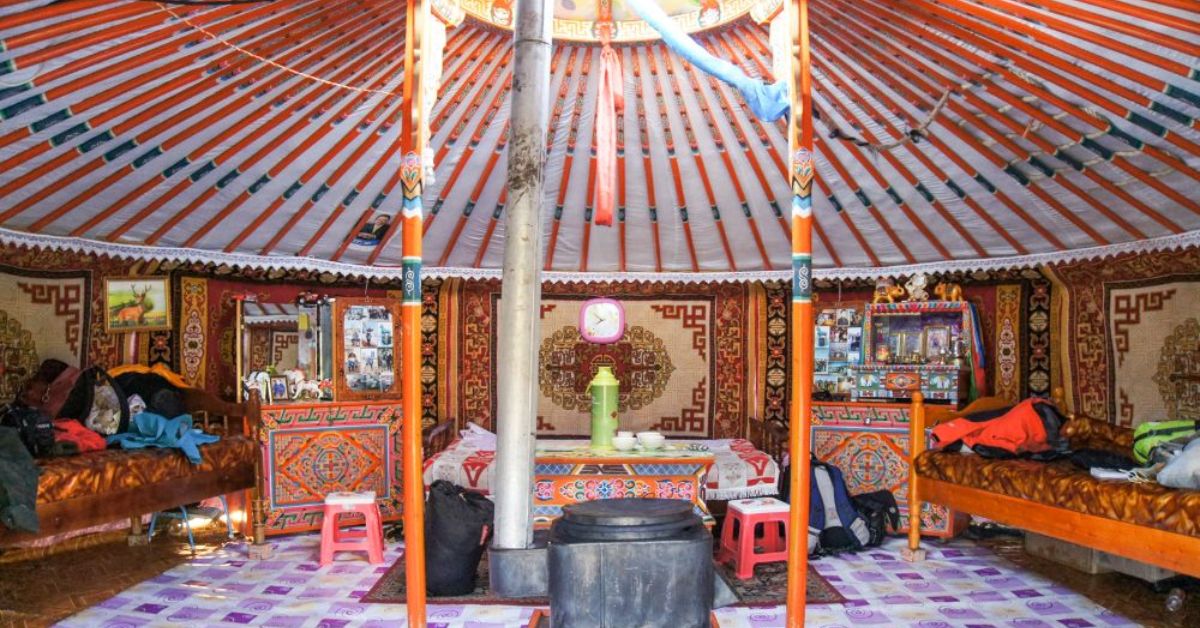
Traditional Mongolian Yurt Construction
The construction of a traditional Mongolian yurt, or ger, is a fascinating blend of practicality and cultural heritage. Using natural materials such as wood, wool, and canvas, these structures are built to withstand the harsh climates of Inner and Outer Mongolia.
The wooden lattice frame, often with wooden poles made from willow or birch branches, provides a flexible yet resilient skeleton that can endure strong winds and heavy snow.
Layers of wool felt are then draped over the wooden frame throughout, offering excellent insulation to keep the yurt warm in winter and cool in summer. The outermost layer is typically made of canvas or another waterproof material, protecting the yurt from rain and snow.
This thoughtful design not only ensures comfort but also allows for the yurt to be easily assembled and disassembled, making it an ideal home for nomadic families who move frequently in search of better grazing lands for their livestock. if you would like to explore more about what is inside in a yurt, check the link.

Can you have a fire inside a yurt?
Mongolian yurts are traditionally heated with a small stove that burns coal or wood. The stove is placed in the center of the roof poles the yurt, and a hole is left in the roof to allow the smoke to escape.
The heat from the stove radiates outward, warming the walls and floor of the yurt. This type of heating is called radiant heat, and it’s very efficient. The yurt stays warm even after the fire from central stove has died down.
One challenge of this type of heating is that it can be difficult to control the temperature. If the fire is too small, the yurt will be cold. If the fire is too large, the yurt will be hot.
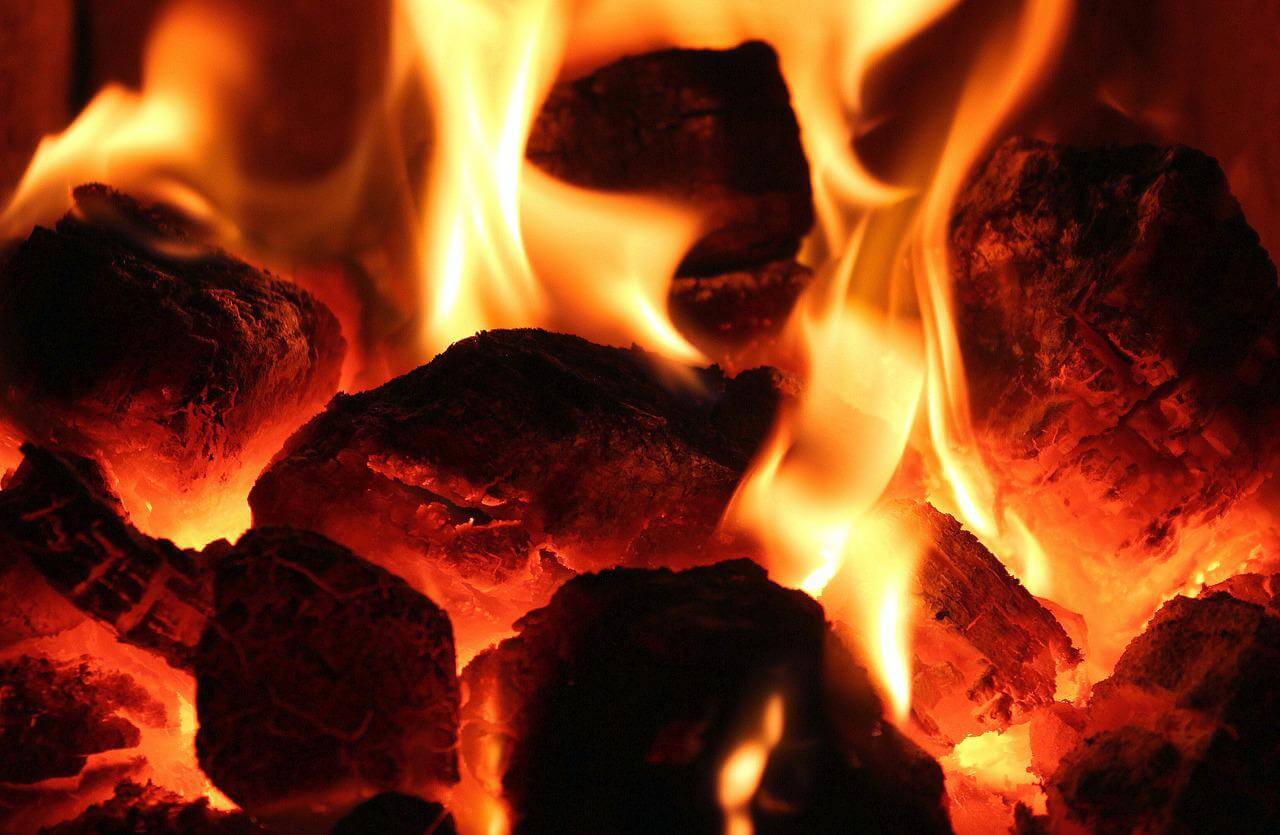
Another challenge is that the smoke from the fire can be irritating to the eyes and lungs. This is why it’s important to have proper insulation and make sure that the hole in the roof is big enough to allow the smoke to escape.
Traditional Wood-Burning Stoves
A central feature of Mongolian gers is the traditional wood-burning stove, which serves as the heart of the home. Placed in the center of living space in the ger, this stove is essential for both heating and cooking.
Made from durable materials like metal or stone, these stoves are designed to be efficient and safe, providing a reliable source of warmth during the frigid Mongolian winters.

The stove is typically fueled by wood or coal, and its chimney vents through the toono, the central opening at the top of the ger. This setup not only ensures proper ventilation but also helps distribute heat evenly throughout the yurt.
The wood-burning stove is more than just a heating system; it is a vital part of daily life in a Mongolian ger, used for cooking meals, boiling water, and even drying clothes.
Eco-Friendly and Sustainable Heating Options
In recent years, there has been a growing interest in eco-friendly and sustainable heating options for Mongolian gers. One innovative solution is the use of solar-powered heating systems, which harness the abundant sunlight to provide a reliable and sustainable source of heat.
These systems can significantly reduce the reliance on traditional fuels like wood and coal, making them an environmentally friendly choice.
Another promising option is biomass heating systems, which utilize locally-sourced materials such as wood chips or agricultural waste.
These systems are not only more sustainable but also often more cost-effective, providing an efficient source of heat without the environmental impact of fossil fuels.
By adopting these modern heating solutions, Mongolian families can enjoy a warm and comfortable home while also contributing to a more sustainable future.
Safety Considerations for Heating a Mongolian Yurt
While heating a Mongolian yurt can create a cozy and comfortable living environment, it’s important to be mindful of safety considerations. One of the primary concerns is the risk of carbon monoxide poisoning from traditional wood-burning stoves.
To mitigate this risk, it’s crucial to ensure that the stove is properly vented and regularly maintained, and that the ger is well-ventilated to allow fresh air to circulate.
Fire safety is another critical consideration. Keeping flammable materials away from the stove and having a fire extinguisher readily available can help prevent accidents. Additionally, installing smoke detectors can provide an early warning in case of a fire.
By taking these precautions, you can enjoy the warmth and comfort of your Mongolian yurt while ensuring a safe living environment for you and your family.
Do traditional mongolian yurts stay warm in winter?
Traditional Mongolian yurts are designed to stay warm in even the coldest weather. The walls of a yurt are made from a thick outer layer made of thick felt throughout, which insulates against the cold. The door of the yurt is usually covered with a heavy curtain to keep out the drafts.
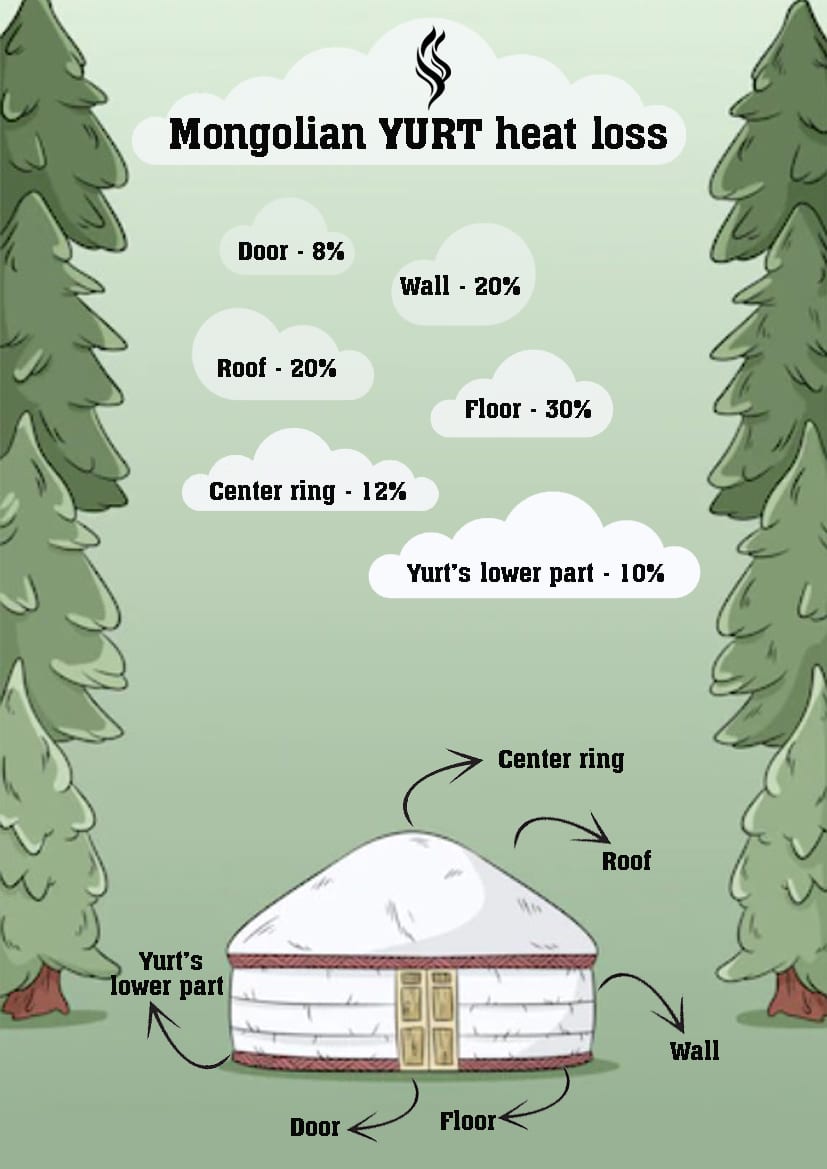
In addition, the stove in the center of the yurt provides a source of heat. The yurt will stay warm even after the fire has died down. It actually holds the temperature for 3-5 hours. And you need to fire it every 4-5 hours.
Mongolian people actually use coal in wintertime. Because it can hold a warm 8-10 hours. They use stones and earth to cover the lower part of the house so that less cold air escapes from the floor.
Mongolian Yurts For Sale
Buy Mongolian Yurts without extra cost
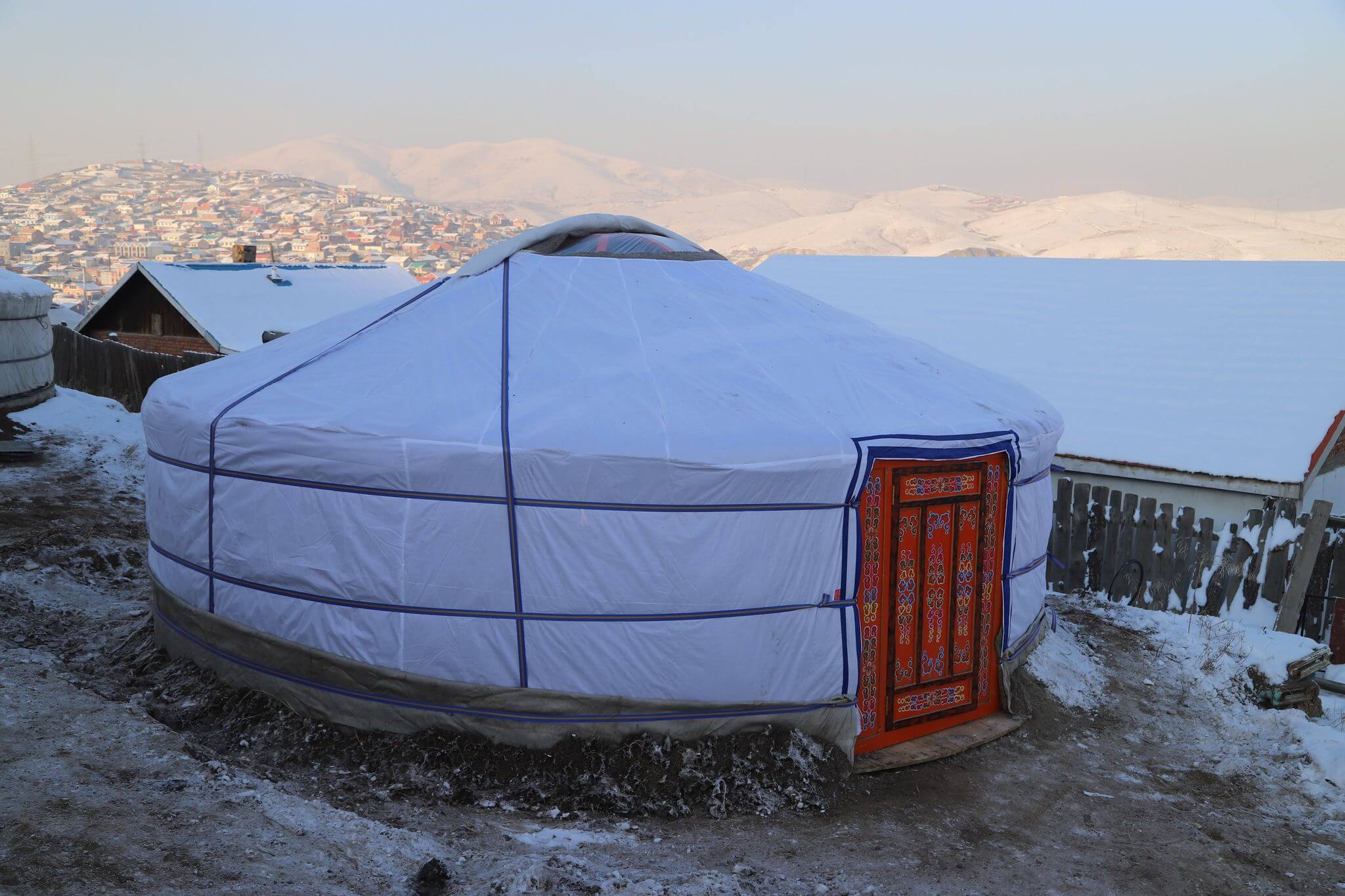
But nowadays people use different ways to heat a yurt.
How do you heat a yurt in the winter with a wood stove?
Heated floors are affordable these days and fairly easy to install in modern yurts. You could do this in your own yurt. This would be a great way to have more control over the temperature in your yurt and to keep the floor warm.
Another option is to use an electric heater. This can be placed under the floor or next to the stove. Electric heaters are very convenient, but they can be expensive to run.
/cdn.vox-cdn.com/uploads/chorus_image/image/65890279/iStock_980072098.7.jpg)
The best way to heat a Mongolian yurt depends on your needs and preferences. If you want an efficient and traditional method of heating, a stove is the way to go.
If you want more control over the yurt’s temperature, an electric heater or heated floor may be a better option. Whatever method you choose, make sure to ventilate the yurt to avoid smoke buildup.
Mongolian yurts are a unique and cozy way to spend the winter. With the right heating system, they can be a comfortable and warm home.
Are yurts hot in summer?
Mongolian yurts are designed to be cool in the summer sun. The felt insulation and walls breathe, allowing air to circulate. The stove is not used in the summer, so there is no source of heat.
Mongolians cook their food outside of ger. Or built an extra little yurt and use it as a kitchen.
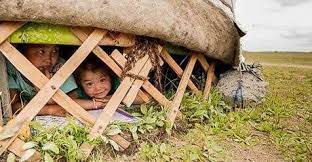
The yurt can be opened up to let in natural light and a breeze, or a fan can be used to circulate the air. The yurt will stay cool even in the hottest weather. The bottom of the felt can be opened up. it will help you cool in summer. And can avoid the danger of floods.
My experience: Can you live full-time in a yurt with a nomadic lifestyle?
I was born in Ulaanbaatar central city of Mongolia. I grew up in Mongolian traditional yurts ger. And I live in it even only summer. So, my answer is yes, you can live full time comfortably in a yurt.
Of course, it depends on where you live. If you live in an area with severe weather conditions, you may need to supplement your yurt with a more traditional home.
But if you live in a place with milder weather, a yurt can be a comfortable and practical home. Mongolian nomads live in their traditional yurts almost all year round, moving to follow the grazing for their animals.
Yurts are very adaptable and can be outfitted with all the amenities of a modern home. You can have electricity, running water, and even a wood stove if you choose.
With the right setup, groovy yurts can be a comfortable and practical home for full-time living.
But one thing that you might consider is a toilet and bathroom Because, in Mongolia, we use a hole in the ground. It is smelly and not healthy to live with it. So, it is better to set up a toilet and bathroom in a separate yurt or building.
Let us know in the comments below! or join our newsletter today
Related Content:
Authentic Mongolian Yurts for Sale
Share to Public
